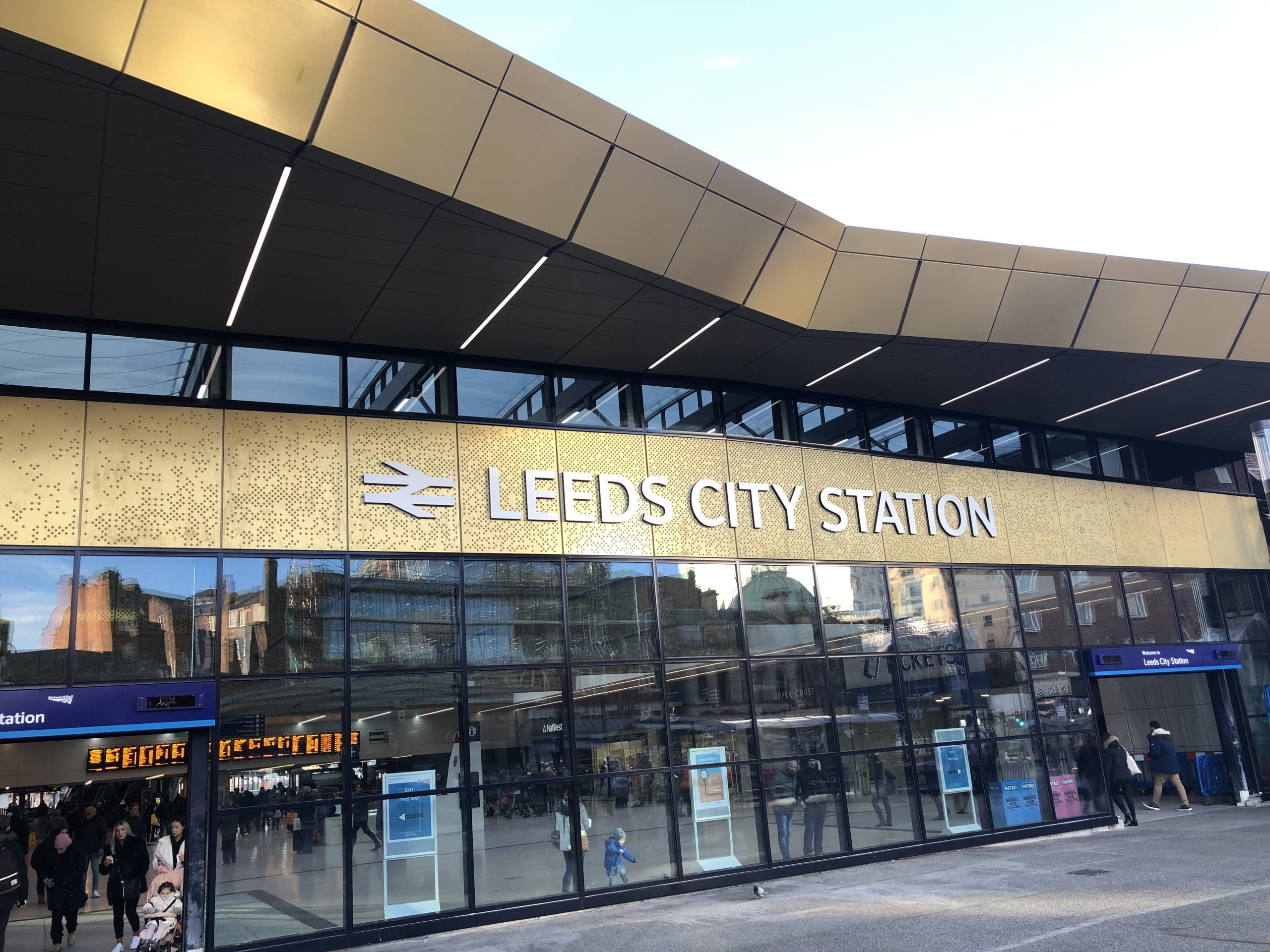You may have heard us talk about platform zeros as a result of a station upgrades. What are they and why do they exist?
Some of our big station upgrades involve the creation of a new platform – a platform zero.
But why not just rename the existing platforms and call the new one platform one?
Renaming platforms may sound simple but it actually has much bigger impacts on our costs and operations than you may expect.
Trackside Tara, route infrastructure engineer for our East Midlands route, explains …

Safety
Everything we do at Network Rail starts with safety. If we renamed a platform zero, this would mean briefing everybody who may need to know about the changes so we don’t cause any confusion that may put you or railway staff at risk.
Cost
Renaming a platform zero to platform one can cost a lot of money. That’s because we must change all our technical drawings and aspects of our signalling system, which keeps you safe by telling trains when it’s safe to proceed and where to go.
Tara said: “Not so much the signalling equipment but panels at the control centre and you can’t just put sticky tape on top and rename it. Then there’s the physical cost of changing all the platform signage and station diagrams for emergency procedures etc.”
Neil Osbourne, a project operations interface specialist, added: “Let’s use Manchester Piccadilly as an extreme example … there are nine signals in all, which read into the platforms today. If we were to install a new platform and call it zero, we would have to add a new zero indication to four of the signals; all the other existing route indications would remain the same.
“To step all of the platform numbers up by one to accommodate the new platform would mean that all the indications from all nine signals would require to be altered in excess of 50 route indications. The change would also lead to the need to rename or relabel other pieces of equipment on the station and the associated update to the records of the equipment.”
Click here to watch a video about what makes our signalling system complex.
Wider systems
Another significant cost would be the ones we’d incur further down the line in our systems.
For instance, we would need to change a significant amount of data in our work management tool for inspection and maintenance.
Tara said: “It may seem simple to change the sign on a station but all our data and inspections and maintenance all link to that particular asset.”
Once in 20 years
That doesn’t mean that a platform zero will always stay a platform zero – but it’s unlikely to change for a long time.
“In a massive remodeling of the station and station area, then we might say we’ll renumber it now. But that’s a once-in-a-20-years kind of thing.
“You can use the butterfly effect – one change has a massive impact on our wider portfolio at the back end.”
So there you have it; renaming platforms sounds simple but keeping you and our people safe – and giving you value for money – are top priorities during our upgrades.
Read more:
Trackside Tara and 300 tonnes of concrete
Trackside Tara and a big biodiversity project




